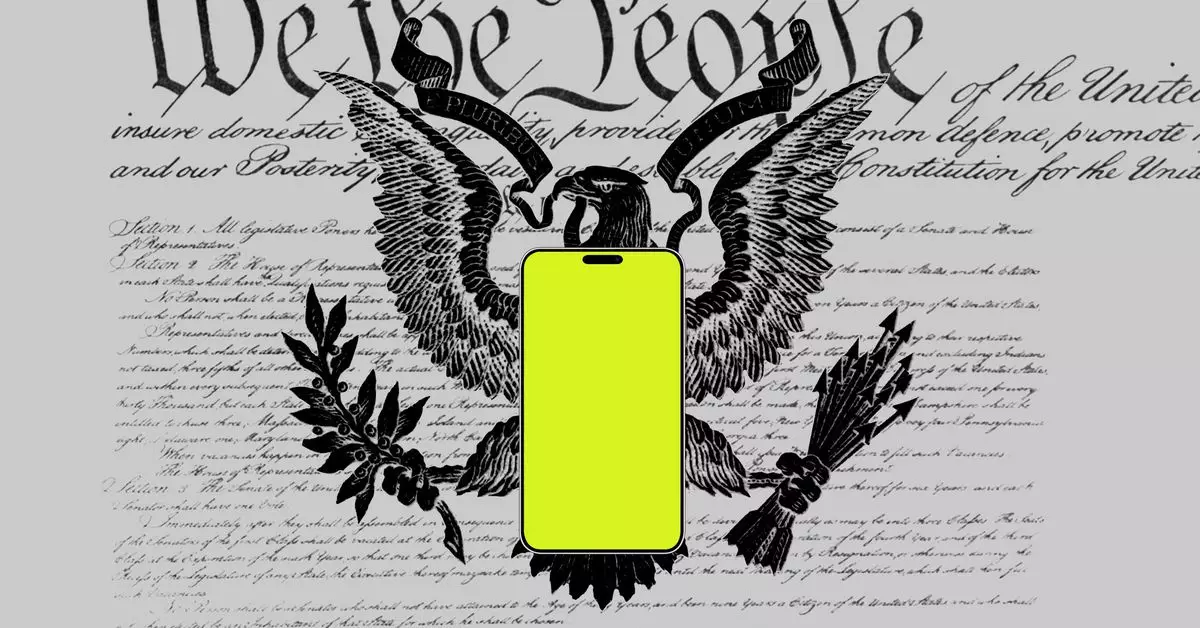In recent years, complaints regarding unwanted telemarketing calls have witnessed a remarkable decline, as highlighted by the Federal Trade Commission (FTC). With reports dropping over 50% from 2021 levels, this trend suggests significant strides in mitigating one of the more bothersome elements of modern communication. The decrease, recorded during the 2024 fiscal year, points toward the effectiveness of targeted regulations and initiatives aimed at consumer protection.
Multiple factors have contributed to this favorable development. The FTC has embraced a multifaceted strategy which is believed to have played a vital role in the downward trend of unwanted call complaints. Enforcement actions against illegal telemarketing practices have intensified, focusing on upstream entities that facilitate these disruptive calls. The agency’s emphasis on clarifying the Telemarketing Sales Rule (TSR), especially its applicability to AI-assisted scams, reveals a modernized approach attuned to current technologies and scam tactics.
Furthermore, the recent announcements about bans on extended vehicle warranty scams underscore a proactive stance against specific types of telemarketing that disproportionately affect consumers. These regulatory efforts work hand-in-hand with advancements made by the Federal Communications Commission (FCC), which has introduced a new anti-spoofing protocol to validate caller ID information. By ensuring that consumers see legitimate phone numbers, the potential for deception is significantly reduced.
Despite these successes, the FTC acknowledges that illegal calls continue to be a pervasive issue. Reports of complaints related to debt reduction calls surged, indicating that while overall telemarketing complaints may have decreased, specific categories continue to thrive. This dichotomy suggests that while enforcement is leading to positive outcomes, the complexity and adaptability of telemarketers necessitate ongoing vigilance. Consumers, though somewhat less burdened by unwanted calls, still face threats from those who refine their methods in response to regulatory pressure.
The role of technology in this landscape cannot be overstated. The rise of AI-generated robocalls has added layers of complexity to the telemarketing challenge. By determining that these calls fall under existing regulations, the FTC has taken a critical step towards accountability in an evolving digital environment. As these technologies become more sophisticated, it is imperative for regulators to remain a step ahead, continually adapting rules to encompass new forms of scam operations.
The notable decrease in telemarketing complaint reports signifies a commendable achievement for consumer advocacy and regulatory bodies like the FTC and FCC. However, the ongoing evolution of telemarketing practices, particularly those employing advanced technology, casts a shadow over these achievements, reminding us that vigilance is essential. As government bodies gear up for the challenges ahead, consumers can remain hopeful that these initiatives will continue to evolve in tandem with the rapidly changing landscape of communication technology. Maintaining this dialogue between regulation, technology, and consumer protection will be essential to safeguard against emerging threats in the future.

